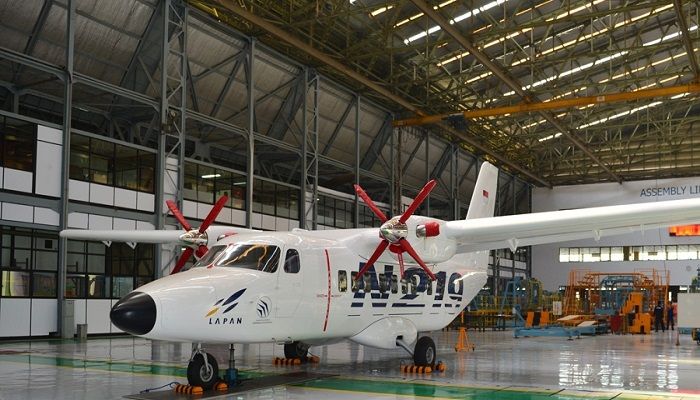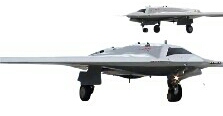World Tekhno.com – In terms of status, India is one of the most populous countries in the world. In military terms, this country in the South Asian region also has a strength that cannot be underestimated. Several countries in the world already have intercontinental ballistic missiles or intercontinental ballistic missiles (ICBMs). Of the many, one of them is India.
Not only the number of active personnel, its military force is also backed by a variety of sophisticated and horrible weaponry. One that is quite interesting is the intercontinental ballistic missile called Agni-V. So what is the power of the intercontinental ballistic missiles owned by India? Here’s the picture…
Agni-V is one of India’s main weapons in its military sector. In this regard, they are one of the few countries that own intercontinental ballistic missiles or ICBMs. Citing the Missile Threats page, Saturday (2/25/2023), this intercontinental ballistic missile was developed by India’s Defense Research and Development Organization (DRDO) in 2008.
The first test launch was conducted on April 19, 2012. At that time, the Agni-V could cover a distance of over 5,000 km and managed to reach a maximum altitude of 600 km. The relevant DRDO official stated that the trial series was successful and as expected. Subsequently, a second trial was conducted on September 15, 2013.
On launch, the missile flew 5,000 km from Odisha to a target in the Indian Ocean. This was followed by a series of other trials on India’s flagship missile, until it was finally officially used by the Indian Armed Forces.
The Agni-V has a design length of 17.5 m, a diameter of 2 my a launch weight of 50,000 kg. With a nuclear payload of 1,110 kg, this missile is capable of traveling more than 5,000 km. In an interview, DRDO’s chief developer stated that the missile has a minimum range of 3,000 km, as well as a maximum range of 5,500-5,800 km. Over time, there has also been talk that the successor to Agni-V, namely Agni-VI, will be developed. However, so far the truth of this development has not been known again.***







